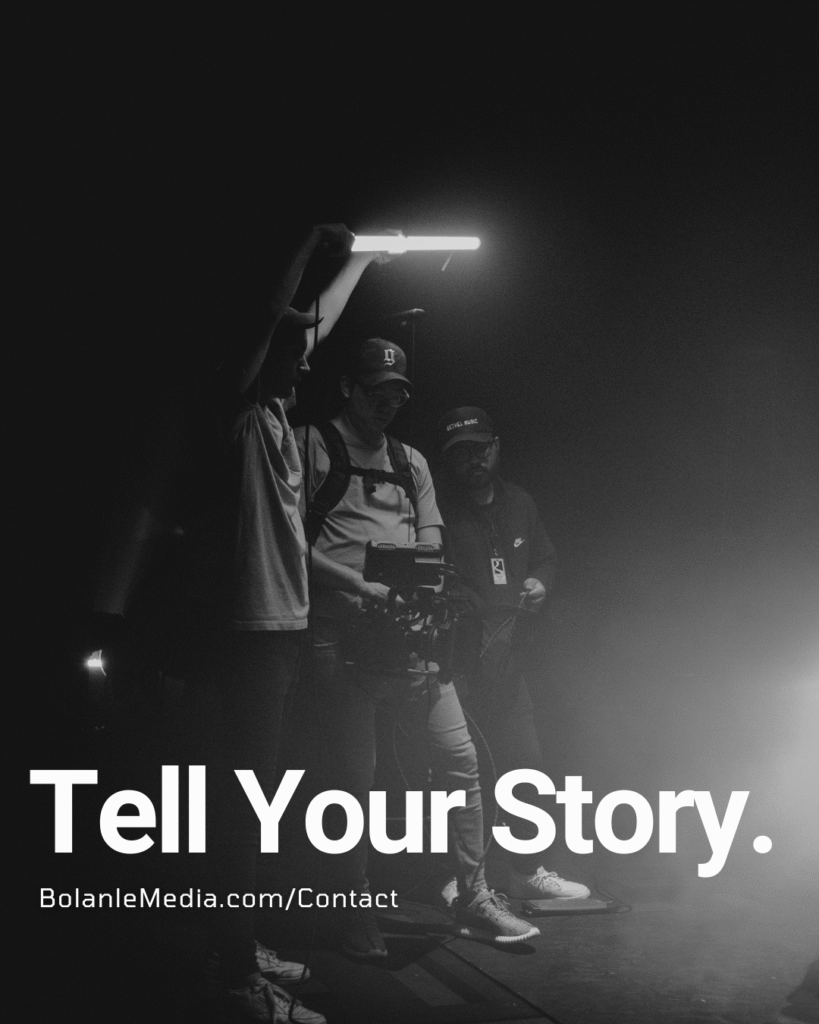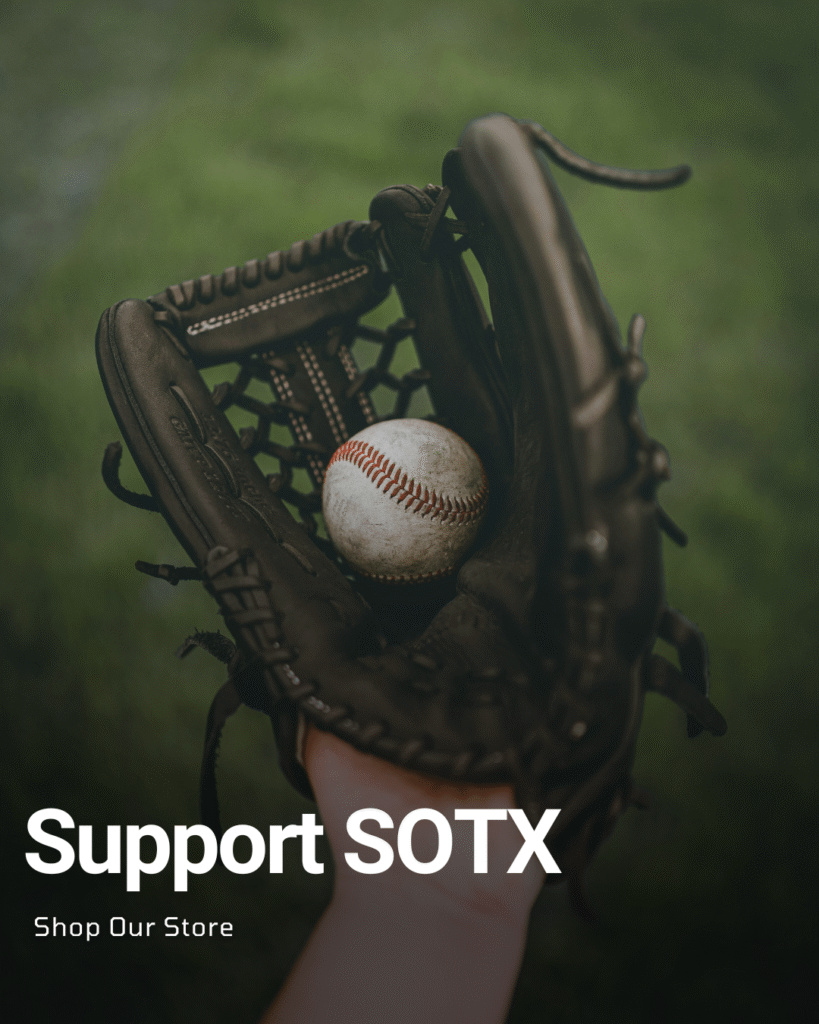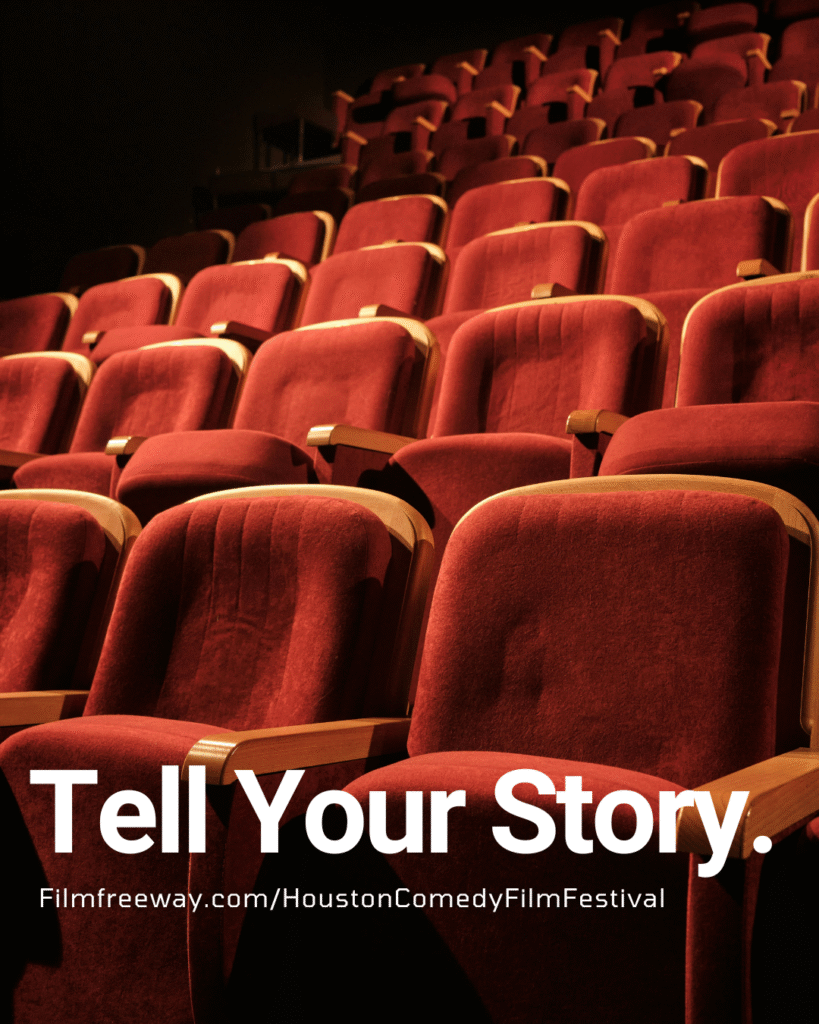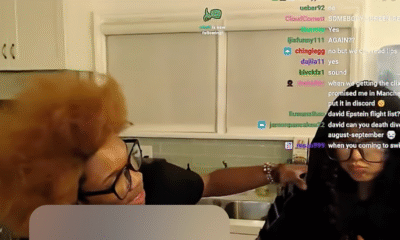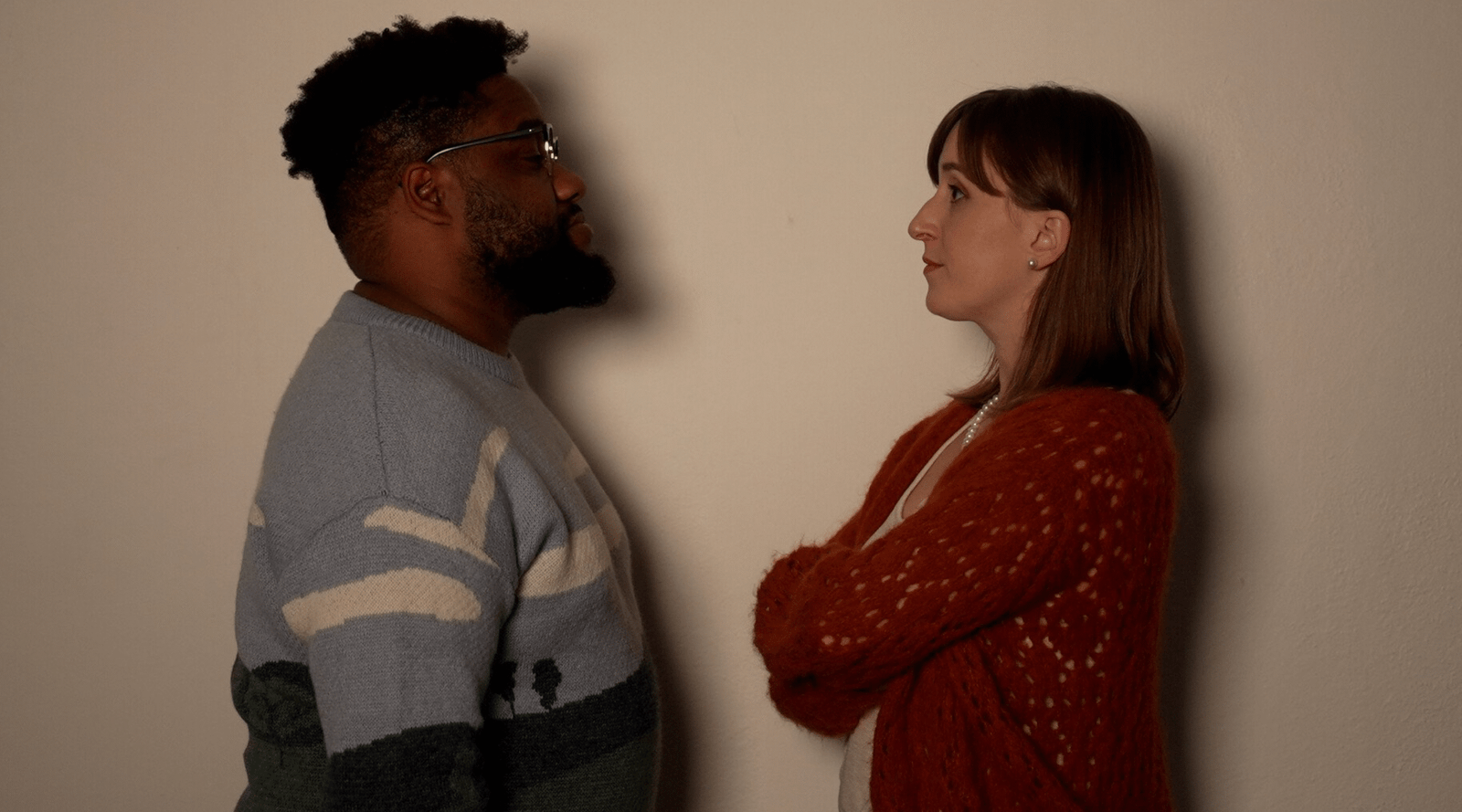Business
‘Quite irresponsible’: What to know about the ‘student debt strike’ on August 9, 2023 at 9:09 pm Business News | The Hill
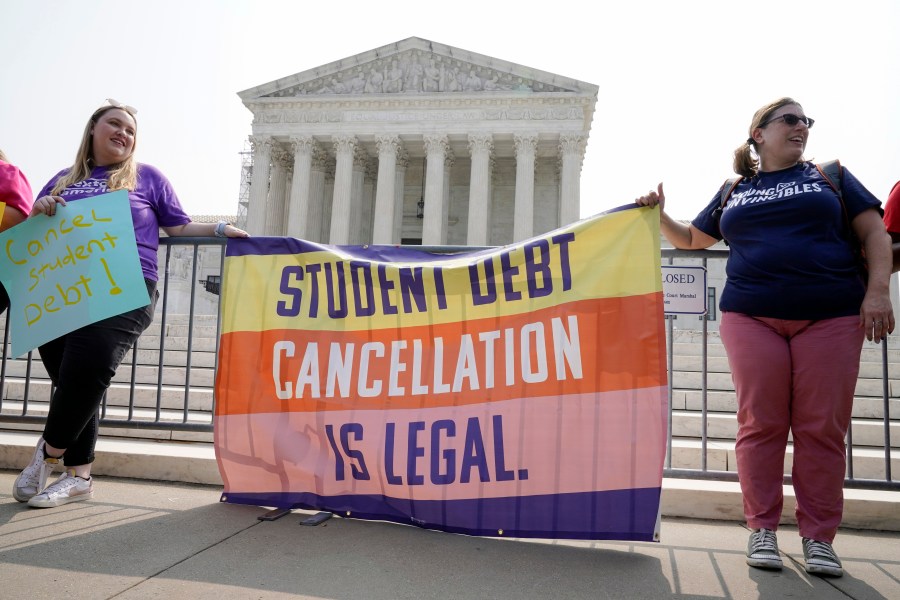
While many borrowers are preparing to make payments on their student loans when they restart in October, others are ignoring their accounts and going on what has been labeled a “student debt strike.”
A movement led by the student loan group Debt Collective, the “strike” is not as clear cut as it seems.
In contrast with the name, most borrowers will not undergo any financial harm when on “strike” nor do their demands indicate they want to go back to paying on student loans by striking a deal with the Education Department.
Instead, the movement, which has been around since 2015, is typically made up of borrowers who already have $0 monthly payments through an income-driven repayment plan or have already deferred on their loans. Since they are not paying anything to the government, the group has labeled these actions a “strike.”
And President Biden’s “on-ramp” repayment plan that allows borrowers to skip payments for a year without financial harm is the perfect venue for the group to try to grow their movement of borrowers who say they are “striking” against loans when they don’t make any payments.
Here is what to know about the student debt strike:
When did the movement begin?
The idea of a student debt strike started for Debt Collective began back in 2015.
It began with 15 people who went to Corinthian College, a school that was found to have defrauded its students.
“We were the ones who sort of found this clause in the Higher Education Act about borrower defense. That you know, then was just like a really obscure line that said you can have your debts canceled if you were defrauded,” Braxton Brewington, press secretary for Debt Collective, said. “And so we created our own form, and the 15 people who were going on debt strike filled it out and demanded debt cancellation.”
Brewington said the form then spread and thousands of people signed it to demand student debt cancellation. Last year, Vice President Kamala Harris announced all Corinthian borrowers would receive debt relief since they were defrauded by their school.
Since then, Debt Collective has called for numerous debt strikes, including every time the Biden administration said student loans would get turned back on.
Critics have said that the way the movement is structured is being incorrectly labeled as a strike.
“I think strike is just the wrong word. You know, a strike is when you demand something or your demands are met then you return to work. The demand is a cancellation. It’s not a strike,” Alan Collinge, founder of Student Loan Justice, said.
Who has participated in this movement?
For the most part, those who have participated in a debt strike have done so in a way that has not financially harmed them.
“It has been a combination of people who both at a financial place where they really can’t pay on their student loans and so they politicize their refusal to pay by going on strike in coordination with demanding student debt relief,” Brewington said.
Some borrowers went on strike after they worked out through their income-driven repayment plan that they would be paying $0 a month. Some were already in deferment and not paying on their loans so they characterized it as a strike.
“The last thing we want is for people to financially harm themselves. We were not encouraging people to, we’ve never encouraged them to default on student loans,” Brewington said. “And I think that’s maybe sometimes when people think.”
“It’s using the tools available to us to some creative and some less creative to find a way to keep money in your pocket to go towards your necessities, rather than going to the Department of Education,” he added.
Biden’s plan makes the debt strike easier
While the movement caught the attention of some borrowers in the past, Biden’s “on-ramp” repayment plan has made the pitch easier for individuals to join the cause.
Although payments are restarting in October, borrowers will not see financial consequences, aside from accruing interest, if they don’t pay on their loans until Oct. 2024.
“It’s actually never been easier to go on a student debt strike,” Brewington said.
“In many ways, it’s just literally refusing to pay for a lot of people that will probably be at least for a year. And then I think you can sort of bet on something happening because, you know, the alternative is the Biden administration going back to those sort of harsh consequences a month before the presidential election, which seems unlikely,” he added.
The end goal of the student debt strike is not to negotiate with the department but so that borrowers will never have to pay student loan debt again.
A small movement with criticisms
There are more than 45 million student loan borrowers in the U.S., with many never having heard of this type of strike or are uninterested in it.
However, Brewington says they’ve seen a couple of thousand people in the past sign up and that their end goal was not to get all borrowers on board.
“We don’t need 45 million people participating in the debt strike for it to be effective or to make a political statement,” Brewington said
However, other student loan advocates believe the call is ignoring the larger issues and plays into the hands of debt collectors.
“There’s kind of a semantic difference. But the other key difference here is it’s quite irresponsible to call for people who can pay to stop paying their loans. Because in the absence of bankruptcy protections, that only plays into the student debt collection industry’s hands,” Collinge added.
Education, Business, News, student debt strike While many borrowers are preparing to make payments on their student loans when they restart in October, others are ignoring their accounts and going on what has been labeled a “student debt strike.” A movement led by the student loan group Debt Collective, the “strike” is not as clear cut as it seems. In contrast…
Business
Why 9 Million Americans Have Left
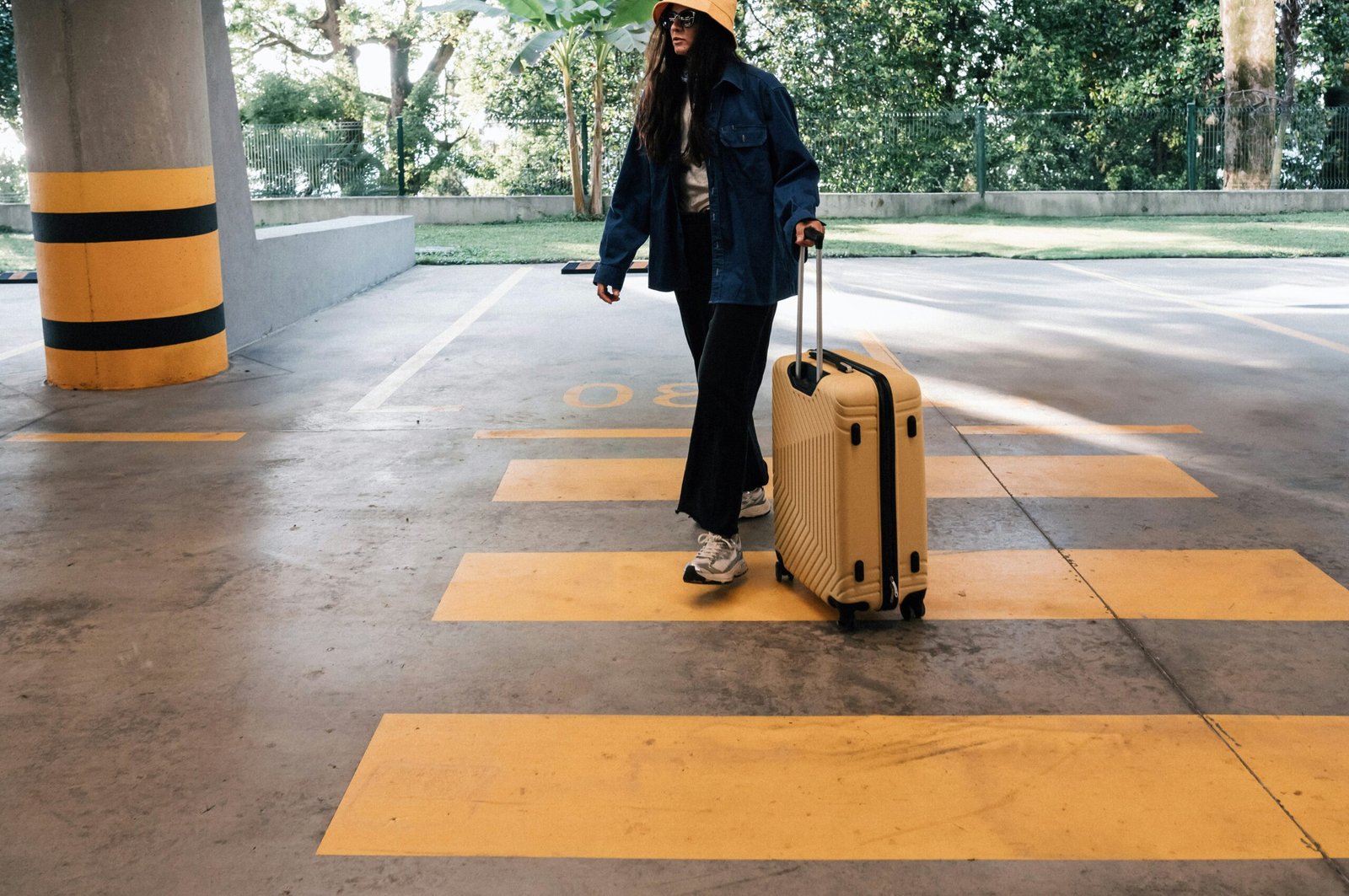
The Growing American Exodus
Nearly 9 million Americans now live outside the United States—a number that rivals the population of several states and signals a profound shift in how people view the American dream. This mass migration isn’t confined to retirees or the wealthy. Thanks to remote work, digital nomad visas, and mounting pressures at home, young professionals, families, and business owners are increasingly joining the ranks of expats.
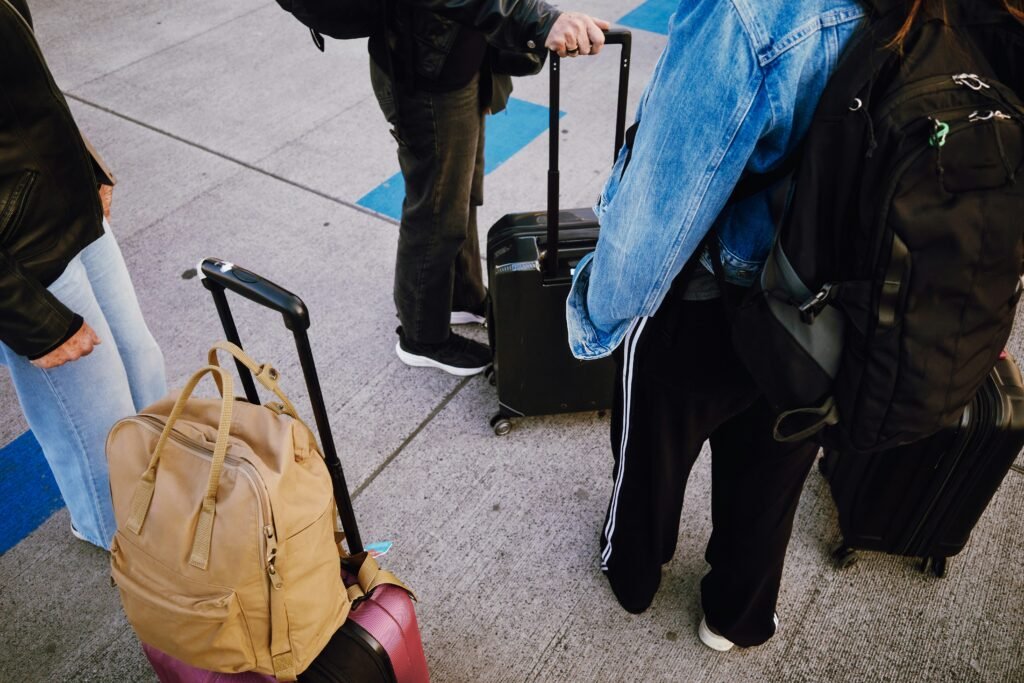
Rising Costs and Shrinking Wallets
Living in the US has become increasingly expensive. Weekly grocery bills topping $300 are not uncommon, and everyday items like coffee and beef have surged in price over the last year. Rent, utilities, and other essentials also continue to climb, leaving many Americans to cut meals or put off purchases just to make ends meet. In contrast, life in countries like Mexico or Costa Rica often costs just 50–60% of what it does in the US—without sacrificing comfort or quality.
Health Care Concerns Drive Migration
America’s health care system is a major trigger for relocation. Despite the fact that the US spends more per person on health care than any other country, millions struggle to access affordable treatment. Over half of Americans admit to delaying medical care due to cost, with households earning below $40,000 seeing this rate jump to 63%. Many expats point to countries such as Spain or Thailand, where health care is both affordable and accessible, as a major draw.

Seeking Safety Abroad
Public safety issues—especially violent crime and gun-related incidents—have made many Americans feel unsafe, even in their own communities. The 2024 Global Peace Index documents a decline in North America’s safety ratings, while families in major cities often prioritize teaching their children to avoid gun violence over simple street safety. In many overseas destinations, newly arrived American families report a significant improvement in their sense of security and peace of mind.
Tax Burdens and Bureaucracy
US tax laws extend abroad, requiring expats to file annual returns and comply with complicated rules through acts such as FATCA. For some, the burden of global tax compliance is so great that thousands relinquish their US citizenship each year simply to escape the paperwork and scrutiny.
The Digital Nomad Revolution
Remote work has unlocked new pathways for Americans. Over a quarter of all paid workdays in the US are now fully remote, and more than 40 countries offer digital nomad visas for foreign professionals. Many Americans are leveraging this opportunity to maintain their US incomes while cutting costs and upgrading their quality of life abroad.
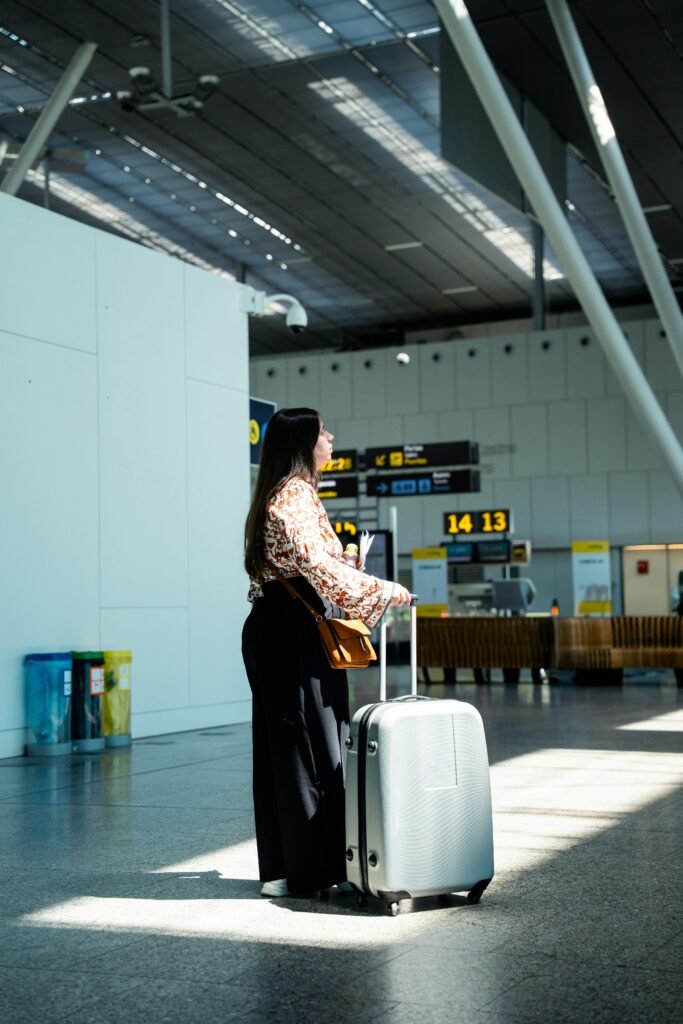
Conclusion: Redefining the Dream
The mass departure of nearly 9 million Americans reveals deep cracks in what was once considered the land of opportunity. Escalating costs, inaccessible healthcare, safety concerns, and relentless bureaucracy have spurred a global search for better options. For millions, the modern American dream is no longer tied to a white-picket fence, but found in newfound freedom beyond America’s borders.
Business
Will Theaters Crush Streaming in Hollywood’s Next Act?

Hollywood is bracing for a pivotal comeback, and for movie lovers, it’s the kind of shake-up that could redefine the very culture of cinema. With the freshly merged Paramount-Skydance shaking up its strategy, CEO David Ellison’s announcement doesn’t just signal a change—it reignites the passion for moviegoing that built the magic of Hollywood in the first place.

Theatrical Experience Roars Back
Fans and insiders alike have felt the itch for more event movies. For years, streaming promised endless options, but fragmented attention left many longing for communal spectacle. Now, with Paramount-Skydance tripling its film output for the big screen, it’s clear: studio leaders believe there’s no substitute for the lights, the hush before the opening credits, and the collective thrill of reacting to Hollywood’s latest blockbusters. Ellison’s pivot away from streaming exclusives taps deep into what unites cinephiles—the lived experience of cinema as art and event, not just content.
Industry Pulse: From Crisis to Renaissance
On the financial front, the numbers are as electrifying as any plot twist. After years of doubt, the box office is roaring. AMC, the world’s largest theater chain, reports a staggering 26% spike in moviegoer attendance and 36% revenue growth in Q2 2025. That kind of momentum hasn’t been seen since the heyday of summer tentpoles—and it’s not just about more tickets sold. AMC’s strategy—premium screens, with IMAX and Dolby Cinema, curated concessions, and branded collectibles—has turned every new release into an event, driving per-customer profits up nearly 50% compared to pre-pandemic norms.
Blockbusters Lead the Culture
Forget the gloom of endless streaming drops; when films like Top Gun: Maverick, Mission: Impossible, Minecraft, and surprise hits like Weapons and Freakier Friday draw crowds, the industry—and movie fans—sit up and take notice. Movie-themed collectibles and concession innovations, from Barbie’s iconic pink car popcorn holders to anniversary tie-ins, have made each screening a moment worth remembering, blending nostalgia and discovery. The focus: high-impact, shared audience experiences that streaming can’t replicate.
Streaming’s Limits and Studio Strategy
Yes, streaming is still surging, but the tide may be turning. The biggest franchises, and the biggest cultural events, happen when audiences come together for a theatrical release. Paramount-Skydance’s shift signals to rivals that premium storytelling and box office spectacle are again at the center of Hollywood value creation. The result is not just higher profits for exhibitors like AMC, but a rebirth of movie-going as the ultimate destination for fans hungry for connection and cinematic adventure.
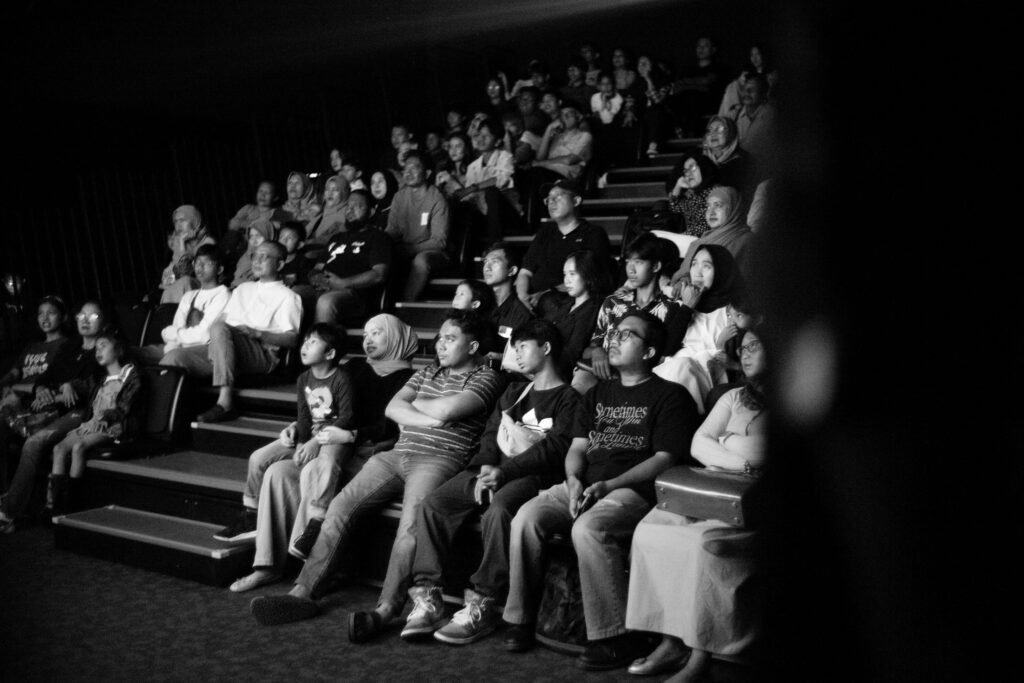
Future Forecast: Culture, Community, and Blockbuster Dreams
As PwC and others warn that box office totals may take years to fully catch up, movie lovers and industry leaders alike are betting that exclusive theatrical runs, enhanced viewing experiences, and fan-driven engagement are the ingredients for long-term recovery—and a new golden age. The Paramount-Skydance play is more than a business move; it’s a rallying cry for the art of the theatrical event. Expect more big bets, more surprises, and—finally—a long-overdue renaissance for the silver screen.
For those who believe in the power of cinema, it’s a thrilling second act—and the best seat in the house might be front and center once again.
Business
Why Are Influencers Getting $7K to Post About Israel?

Influencers are being paid as much as $7,000 per post by the Israeli government as part of an expansive and sophisticated digital propaganda campaign. This effort is designed to influence global public opinion—especially among younger social media users—about Israel’s actions in Gaza and to counter critical narratives about the ongoing humanitarian situation.

How Much Is Being Spent?
Recent reports confirm that Israel has dedicated more than $40 million this year to social media and digital influence campaigns, targeting popular platforms such as TikTok, YouTube, and Instagram. In addition to direct influencer payments, Israel is investing tens of millions more in paid ads, search engine placements, and contracts with major tech companies like Google and Meta to push pro-Israel content and challenge critical coverage of issues like the famine in Gaza.
What’s the Strategy?
- Influencer Contracts: Influencers are recruited—often with all-expenses-paid trips to Israel, highly managed experiences, and direct payments—to post content that improves Israel’s image.
- Ad Campaigns: State-backed ad buys show lively Gaza markets and restaurants to counter global reports of famine and humanitarian crisis.
- Narrative Management: These posts and ads often avoid overt propaganda. Instead, they use personal stories, emotional appeals, and “behind the scenes” glimpses intended to humanize Israel’s side of the conflict and create doubt about reports by the UN and humanitarian agencies.
- Amplification: Paid content is strategically promoted so it dominates news feeds and is picked up by news aggregators, Wikipedia editors, and even AI systems that rely on “trusted” digital sources.
Why Is This Happening Now?
The humanitarian situation in Gaza has generated increasing international criticism, especially after the UN classified parts of Gaza as experiencing famine. In this environment, digital public relations has become a primary front in Israel’s efforts to defend its policies and limit diplomatic fallout. By investing in social media influencers, Israel is adapting old-school propaganda strategies (“Hasbara”) to the era of algorithms and youth-driven content.
Why Does It Matter?
This campaign represents a major blurring of the lines between paid promotion, journalism, and activism. When governments pay high-profile influencers to shape social media narratives, it becomes harder for audiences—especially young people—to distinguish between authentic perspectives and sponsored messaging.
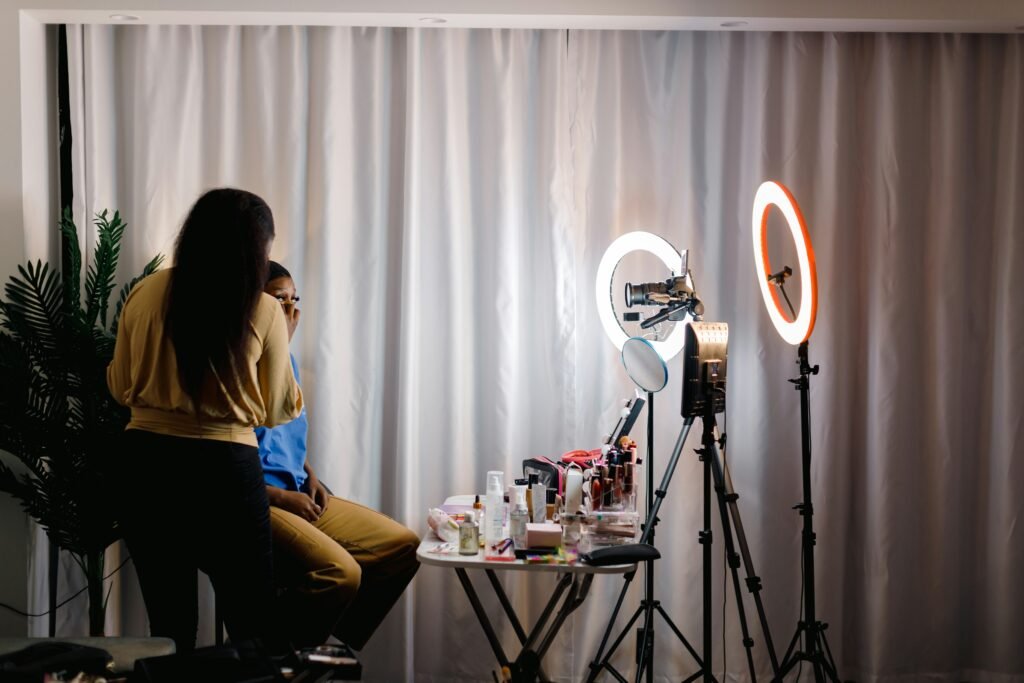
In short: Influencers are getting $7,000 per post because Israel is prioritizing social media as a battleground for public opinion, investing millions in shaping what global audiences see, hear, and believe about Gaza and the conflict.

 Business4 weeks ago
Business4 weeks agoDisney Loses $3.87 Billion as Subscription Cancellations Surge After Kimmel Suspension

 Entertainment4 weeks ago
Entertainment4 weeks agoWhat the Deletion Frenzy Reveals in the David and Celeste Tragedy

 Entertainment3 weeks ago
Entertainment3 weeks agoExecutive Producer Debut: How Celia Carver Created Festival Hit ‘Afterparty’

 Film Industry4 weeks ago
Film Industry4 weeks agoCan Movie Theaters Steal the Show from Streaming?

 Health4 weeks ago
Health4 weeks agoRussia Claims 100% Success With New mRNA Cancer Vaccine

 News4 weeks ago
News4 weeks agoBody of Missing Teen Found in Tesla Linked to Musician D4vd

 Business4 weeks ago
Business4 weeks agoWhy Small Theaters Are Thriving While the Industry Struggles

 Business2 weeks ago
Business2 weeks agoWhy Are Influencers Getting $7K to Post About Israel?



